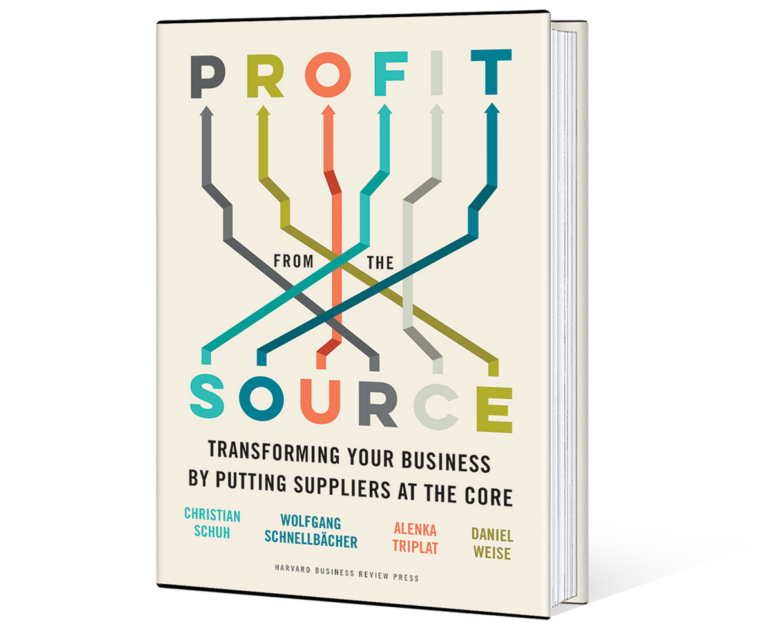More than half of a typical company’s total annual budget will be spent with external suppliers. Yet CEOs often spend only 1% of their time with these vital partners, relying on their procurement team to manage the relationships.
As companies absorb the cost impacts of the 2022-23 surge in inflation and address concerns over the security of cross-border supply chains, the role of procurement has never been more important. It is vital, therefore, for senior leaders to ensure their procurement teams are incentivized against the right targets and to be aware of the key issues around procurement that will play out over the coming year.
Drawing on the expertise of Inverto’s specialist teams, we set out the four areas they should focus on to stay ahead of the game.
1. Rapid value delivery & cost management
Inflation may be the story of 2022 and 2023, but its legacy is visible everywhere: input costs of all sorts have reset to a new level. This means the ability to drive down costs and deliver rapid value gains will be paramount this year. Now that price rises are slowing, the power balance in negotiations is shifting back towards the buyers’ side, which puts procurement at the center of the drive to deliver cost reductions. This changing power balance will enable procurement teams to start deploying both technical and commercial levers once again – an important plus at a time when revenue growth is slowing at many companies.
Another widespread legacy of the post-pandemic period is a build-up of tied up working capital as companies tried to cushion themselves against supply chain shocks. Rapid interest rate increases have caused a slowdown in growth rates and a spike in the cost of capital, which is increasing the pressure to release some of the working capital on corporate balance sheets. In this situation, it is important to reorganize cost management. This requires procurement teams to take immediate measures as well as setting up long-term strategies. In addition to establishing a stable and cost-competitive supply chain, procurement must also anticipate how markets will change in the future and take trends such as digitalization and sustainability into account. This is only possible if procurement is based on sound analyses that are developed in close collaboration with sales, planning and production.

2. Resilience and risk management
Geopolitical risks have multiplied since the start of the war in Ukraine in early 2022. Consequently, many companies are rethinking their international supply chains, and moving to a local-for-local strategy to avoid cross-border movements where possible. It is normally too disruptive to reconfigure supply chains for existing production so companies are instead seeking greater resilience for new products, where volumes will ramp up over the coming years.
Companies considering nearshoring projects first need to define critical product groups and then carry out a total cost of ownership analysis for these. It is important not only to consider known markets, but also to extend the supplier research to new regions in order to find the optimal solution.
3. Regulation and Sustainability
Germany’s Supply Chain Due Diligence Act is already requiring companies to provide more transparency over environmental impacts and human rights in their supply chains. In December 2023, negotiators from the EU Parliament and member states passed the European Supply Chain Act, which is even stricter in some areas than the German law. Companies with more than 500 employees that have not yet familiarized themselves with the rules now need to tackle the issue and create transparency in their supply chain.
Further legislation from the European Union to enforce environmental protection and human rights will continue to dominate procurement agendas in 2024. The European Critical Raw Materials Act, which was also adopted at the end of 2023, strengthens the circular economy, promotes resource efficiency and substitute material innovations. Companies that follow this path not only lay the foundation for long-term success but can also secure access to valuable secondary raw materials and primary products.
4. Gen AI
Technologies such as Generative Artificial Intelligence (GenAI) have the potential to revolutionize the way companies work and interact with customers and suppliers. However, there is no single ‘killer application’ for generative AI in procurement. Instead, we have found a huge number of smaller opportunities where the use of Gen AI can bring meaningful gains. It can raise the efficiency and quality of processes to a new level and be used in product group management as well as in the optimization of supplier relationships and negotiations. However, before companies implement GenAI in procurement and supply chain management, the processes should be fully digitalized and the teams should be trained in the use of digital tools.
The current economic and geopolitical situation is undoubtedly challenging. On the other hand, however, it is precisely these difficult times that give rise to new developments and solutions. Many companies have successfully mastered the past few years despite the complex environment because they addressed trends at an early stage and developed innovative ideas for their industry.

Outlook for 2024
As we enter 2024, businesses face a range of significant strategic questions around their supply chains. Addressing these successfully will require increased focus on procurement among senior corporate leaders. Inevitably, delivering cost savings and greater balance sheet efficiency will be a major focus everywhere but we also see great potential for procurement teams to play a more meaningful role in driving innovation and digitalization, security of supply and greater sustainability. Companies that recognize this potential and pursue it can expect to secure long-term benefits. There is much to play for in the year ahead.
Discover more Insights





